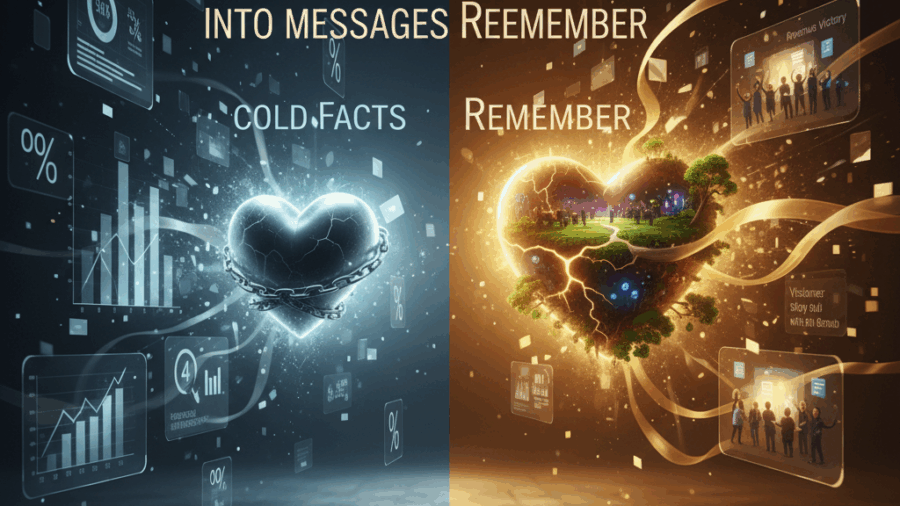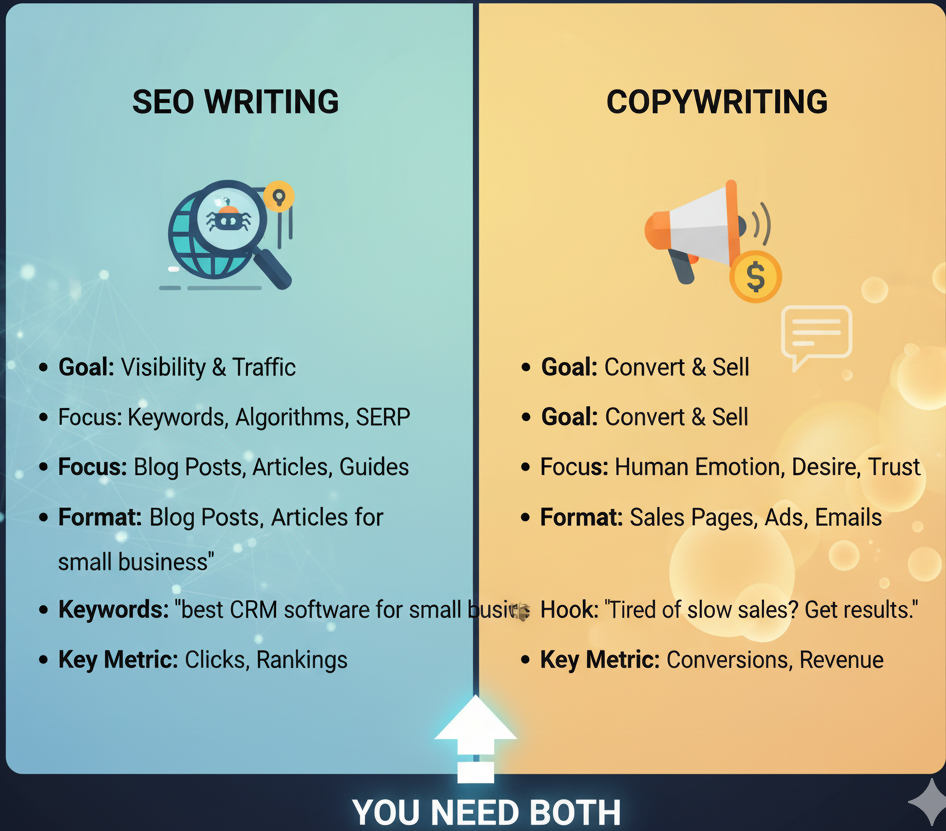Your writing career isn’t dying it’s evolving. But evolution doesn’t care if you’re ready.
Most writers are preparing for the wrong future.
They’re polishing grammar, collecting certificates, and waiting for clients who no longer need content.
Here’s the brutal truth: the future of freelance writing won’t reward wordsmiths — it’ll reward operators.
AI can now draft what used to take you three hours. Editors can hire globally. Brands are turning in-house. If your only edge is “I write well,” you’re already replaceable.
But this isn’t bad news. It’s a filter.
Because what’s emerging isn’t the death of writing it’s the rise of a new kind of writer: the strategic creative. The freelancer who understands that writing is not an art form; it’s a growth engine.
Let’s dissect what that actually means. These are the seven skill categories that will define the next five years of freelance writing. Ignore them, and you’ll vanish. Master them, and you’ll build an empire.
1. Strategic Thinking: From Words to Business Outcomes
Most writers still think in terms of deliverables a 1,500-word blog post, a landing page, a newsletter.
That’s the old game.
Clients today don’t buy words. They buy results.
If your writing doesn’t link directly to business goals leads, brand authority, conversions you’re expendable. The modern freelancer must speak the language of business: ROI, KPIs, funnels, and conversions. You’re not just writing articles. You’re engineering impact.
Stop selling your time. Start selling outcomes.
A strategist can charge $1,000 for what a writer charges $100 because they understand what the client actually values.
That’s your first evolution: learn to think like a marketer, not a typist.
2. AI Integration: Co-Creation, Not Competition
Let’s kill a myth: AI isn’t coming for your job it’s coming for your excuses.
The writers who cry AI will replace us are usually the ones who never learned to use it.
The next generation of freelancers won’t be anti-AI. They’ll be AI-fluent. They’ll know how to co-write with technology using it to research, structure, and accelerate without losing the human fingerprint.
If you don’t learn prompt engineering, content optimization, and editing AI drafts into human brilliance, you’ll drown under cheaper, faster competitors.
AI can write words. But it can’t write wisdom. It can’t mimic a lived experience, a human contradiction, a scar turned into story.
Your power isn’t in typing faster. It’s in thinking deeper.
The future of freelance writing belongs to the human who knows how to harness machines without becoming one.
3. Content Ecosystem Design: The One-Idea Empire
Most freelancers are still stuck in transactional thinking write one post, get paid once.
That’s a trap.
In 2025 and beyond, content isn’t linear; it’s modular. One strong idea can be repurposed into a blog, a tweet thread, an email, a YouTube script, a carousel, a short video a full digital ecosystem.
Smart writers design ideas that scale across platforms. They don’t write; they repurpose strategically.
A single well-structured blog post can fuel 10+ pieces of content if you know how to extract its DNA.
This isn’t recycling. It’s architecture.
The freelancers who understand distribution will earn 5x more than those who just deliver copy. Because in the attention economy, visibility multiplies value.
4. Data Fluency: Write With Evidence, Not Ego
Intuition used to rule the creative world. Not anymore.
If you can’t interpret performance data, your writing is flying blind.
The best writers of the future will be data-driven storytellers. They’ll know how to use analytics, SEO metrics, and engagement signals to write smarter, not just prettier.
- Which headlines convert?
- Which keywords drive long-term organic traffic?
- Which tone keeps readers hooked till the last line?
You can’t guess that. You have to measure it.
Data doesn’t kill creativity it disciplines it. It forces your art to perform.
Stop writing for applause. Start writing for evidence.
5. Brand Voice Mastery: Becoming the Invisible Chameleon
Here’s the quiet revolution no one talks about: ghostwriting is exploding.
And it’s rewriting what good writing means.
The top-earning freelancers aren’t chasing their own voice. They’re mastering everyone else’s.
They can sound like a 27-year-old founder, a 55-year-old CEO, or a thought leader with a million followers without ever showing their name.
This requires psychological precision. You must decode tone, rhythm, and belief systems.
It’s not mimicry it’s empathy.
AI can mimic syntax, but it can’t embody identity. That’s why brand voice mastery will be the single most defensible human skill in the next five years.
The writers who master invisibility will own the invisible power behind every personal brand.
6. Authority Building: The Writer as Thought Leader
If you’re still hiding behind client work, you’re making the biggest strategic mistake of your career.
Because the most valuable writers in the next five years won’t just write for brands they’ll become brands.
Visibility equals leverage.
Leverage equals independence.
Start publishing your own insights, frameworks, and stories. Write about your process, your failures, your lessons.
You’re not just building followers; you’re building proof of expertise.
When clients come to you because they already trust your mind, you stop competing on price.
Authority turns freelancers into magnets.
7. Business Acumen & Systems Thinking: The Freelancer as Founder
Here’s the final skill that separates amateurs from professionals: business acumen.
Writing is your craft, but systems are your freedom.
The top 1% of freelance writers treat their work like an agency of one. They know their unit economics, track project margins, automate their onboarding, and build client retention systems.
They understand pricing psychology charging based on value created, not hours spent.
They manage their pipeline like a business owner, not a beggar waiting for gigs.
The truth: the writers who survive the next wave won’t just have skills. They’ll have infrastructure.
You can’t scale chaos. You can only scale systems.
The Future Isn’t About Writing It’s About Leverage
The future of freelance writing isn’t about writing better sentences.
It’s about designing systems where your words create disproportionate results.
It’s not about who writes more it’s about who writes what matters.
So yes, the landscape will get tougher.
Yes, AI will change everything.
Yes, clients will demand more.
But evolution doesn’t reward the most talented it rewards the most adaptable.
The question isn’t whether freelance writing will survive.
It’s whether you will evolve fast enough to deserve your place in it.













